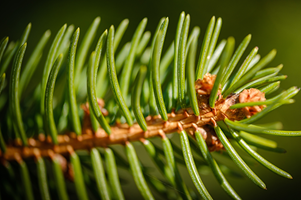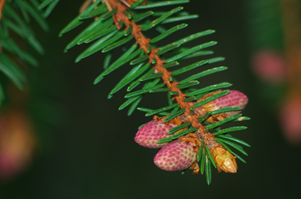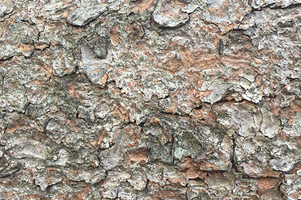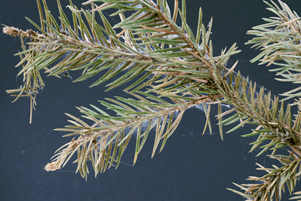Even though the majestic Norway spruce tree is native to Europe, it had a presence in states like New York, Iowa, and Maine for over a century. There may even be one in your own yard!
Norway spruce identification comes down to a few key characteristics, like the tree’s shape and needle color. With a close eye, you can distinguish this evergreen from similar trees.
Read through the Norway spruce tree facts below to find out if you have this type of tree.

Tree Identification by Leaf
Norway spruce needles are dark green, shiny, sharp, and spiral around the twig. If you pluck a needle and roll it between your fingers, you will notice it has four distinct sides.
Tree Identification by Flower

Norway spruce trees have tiny, pink flowers clustered on their branches. What’s more noticeable, though, is the tree’s cones. They start off purple, then turn brown in fall. The cones have scales, and they’re about 4-6 inches long, which is the largest cone size among spruce trees in the US.

Tree Identification by Bark
A Norway spruce tree’s bark is grayish-brown with flaky scales.
How to care for Norway Spruce Trees
- Grow zones: This tree is suited for zones 3-7 where the climate is cool and sometimes humid. The Norway spruce doesn't do well in areas with hot, dry summers.
- Where to plant: The best environment for Norway spruce trees is moist, acidic, well-drained soil. That said, this easy-going tree will adapt to just about any soil type.
- How tall do Norway spruces grow?: You can expect a Norway spruce to grow to a height of 40-70 feet with a 25-30-foot spread.
- Sunlight: Bring on the shine! Norway spruce trees need full sun, which is 6 hours or more of direct sunlight.
- Bloom time: Because it’s an evergreen, a Norway spruce doesn’t have a set bloom time, and it does not drop its needles.
- Pruning: You’ll only need to prune a Norway spruce tree if it has dead or infected branches. Keep in mind this tree has unique, drooping branches that can make it difficult to prune without compromising the overall shape. If you need a hand with pruning, contact your local arborist.
- Are Norway spruce trees deer resistant?: They are! No need to worry about deer browsing in winter.
Potential Threats
Look out for these common Norway spruce tree problems:
 Cytospora canker: The first noticeable symptoms of this disease are yellow needles that become brown and brittle before they fall off. You might also see a canker on the tree’s trunk or branches, which is an area of dead bark with a white cast. This canker is causing the needles to discolor and eventually die. Here’s more on cytospora canker.
Cytospora canker: The first noticeable symptoms of this disease are yellow needles that become brown and brittle before they fall off. You might also see a canker on the tree’s trunk or branches, which is an area of dead bark with a white cast. This canker is causing the needles to discolor and eventually die. Here’s more on cytospora canker.- Spruce spider mites: These critters feed on tree needles, causing them to turn yellow. The good thing is they’re fairly easy to control. Find tips on spider mite treatment here.




